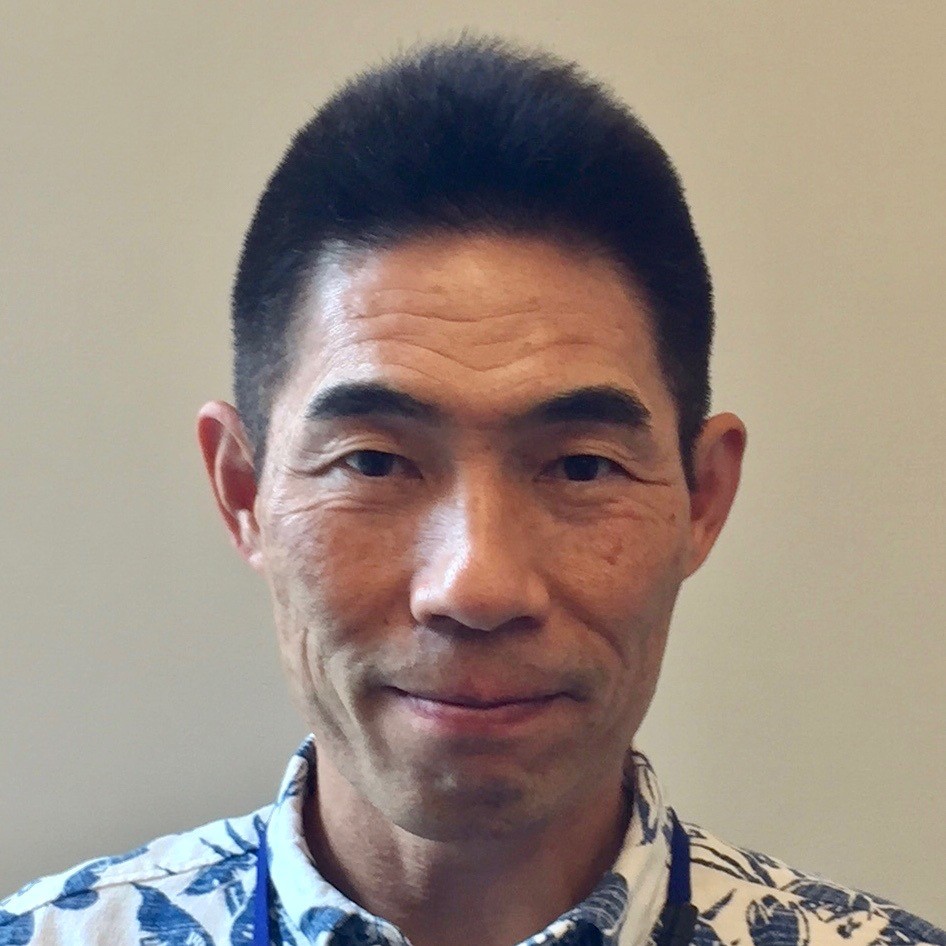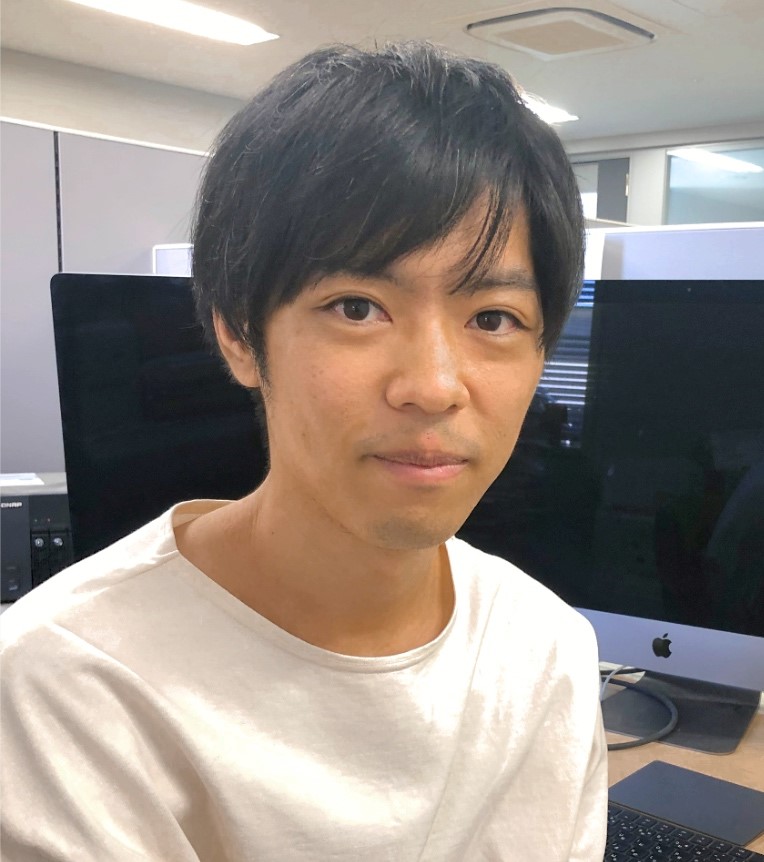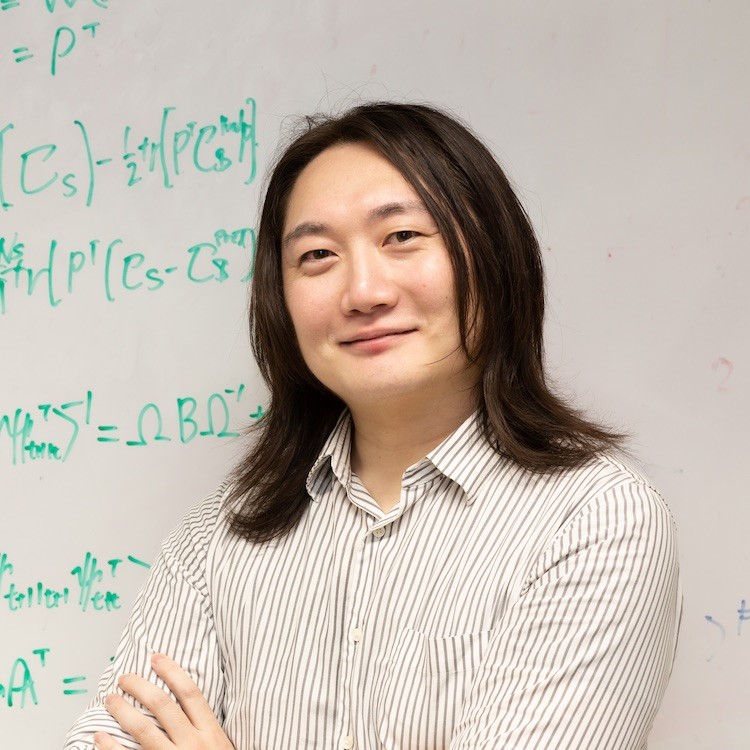人工知能は脳から何を学べばいいのか:銅谷 賢治(沖縄科学技術大学院大学 神経計算ユニット 教授)
今日の人工知能は、パターン認識やゲームなど特定の課題では人間を超える性能を実現していますが、総合的に見ると人間や脳には遠く及ばない面がいくつもあります。特徴的なのは、1) 約20ワットと言われる低エネルギー消費で高度な知能を実現していること。2) 少ない数の経験/データから効率よく学習ができること。3) 自らの欲求と関心に応じて社会の中で自律的に行動できること、です。
これらを実現している脳のしくみは、すぐに人工知能に応用できるような形でわかっているわけではありません。しかし動物の行動学習や人間の知能発達のしくみが本当に理解できれば、それを人工知能として実装することは十分可能なはずです。逆に言えば、脳から類推した仕組みで設計した人工知能が人間と同じような行動や知能を獲得することができれば、私たちは脳の仕組みを本当に理解したと言えるでしょう。
この講演では、このような脳や知能のしくみの解明と、その人工知能としての実現を同時並行的にめざす研究を紹介したいと思います。その中から、皆さんもこういう研究や探索をしてみたいと思うようなきっかけが見つかることを期待しています。
講師
銅谷 賢治 先生
沖縄科学技術大学院大学 神経計算ユニット 教授
日時
2023年12月8日(金)13:00~17:30(12:40より受付開始)第3部 15:40~16:50
当日の全体スケジュールはこちらをご覧ください。
場所
オンライン(Zoom)
お問い合せ先
本アカデミーに関するご質問等は、「各種お問い合わせフォーム」より、お問い合わせください。
講師紹介
銅谷 賢治(どうや けんじ)先生

現職
- 沖縄科学技術大学院大学 神経計算ユニット 教授
経歴
- 1961年 東京生まれ.東京大学卒,博士(工学)。東大工学部助手から1991年にサンディエゴに移りソーク研究所などで脳科学を学ぶ
- 1994年 京都のATR研究所にて自ら行動を学習するロボットの開発と,脳の学習のしくみの研究を行う
- 2004年 沖縄に渡り沖縄科学技術大学院大学 (OIST) 先行研究代表研究者
- 2011年 OIST開学とともに神経計算ユニット教授,副学長に就任
- 2008年 Neural Networks誌共同編集長
- 2011年 「予測と意思決定」
- 2016年 「人工知能と脳科学」新学術領域代表
- 2007年 学術振興会賞,塚原仲晃賞
- 2012年 文部科学大臣表彰科学技術賞
- 2018年 国際神経回路学会Donald O. Hebb賞
- 2019年 日本神経回路学会学術賞 アジア太平洋神経回路学会卓越業績賞受賞
- 2019年 Ironman Taiwan 年代別2位入賞
研究概要
強化学習アルゴリズムの開発とその脳内機構の解明をめざし、自律学習進化ロボット、大農基底核による強化学習、セロトニンによる神経修飾、脳内シミュレーションの神経回路機構などの研究に取り組んでいる。
主な業績
- Taniguchi T, Yamakawa H, Nagai T, Doya K, Sakagami M, Suzuki M, Nakamura T, Taniguchi A (2022). A whole brain probabilistic generative model: Toward realizing cognitive architectures for developmental robots. Neural Networks. https://doi.org/10.1016/j.neunet.2022.02.026
- Doya K (2021). Canonical cortical circuits and the duality of Bayesian inference and optimal control. Current Opinion in Behavioral Sciences, 41, 160-167. https://doi.org/10.1016/j.cobeha.2021.07.003
- Doya K, Miyazaki KW, Miyazaki K (2021). Serotonergic modulation of cognitive computations. Current Opinion in Behavioral Sciences, 38, 116-123. https://doi.org/10.1016/j.cobeha.2021.02.003
- Miyazaki K, Miyazaki KW, Sivori G, Yamanaka A, Tanaka KF, Doya K (2020). Serotonergic projections to the orbitofrontal and medial prefrontal cortices differentially modulate waiting for future rewards. Science Advances, 6, eabc7246. https://doi.org/10.1126/sciadv.abc7246
- 高橋英彦, 山下祐一, 銅谷賢治 (2020). AIと脳神経科学―精神神経疾患へのデータ駆動と理論駆動のアプローチ. Clinical Neuroscience, 38, 1358-1363.
- 銅谷賢治, 松尾豊 (2019). 人工知能と脳科学の現在とこれから. Brain and Nerve, 71, 649-655.
- Doya K, Taniguchi T (2019). Toward evolutionary and developmental intelligence. Current Opinion in Behavioral Sciences, 29, 91-96.
- Miyazaki K, Miyazaki KW, Yamanaka A, Tokuda T, Tanaka KF, Doya K (2018). Reward probability and timing uncertainty alter the effect of dorsal raphe serotonin neurons on patience. Nature Communications, 9:2048.
- Tokuda T, Yoshimoto J, Shimizu Y, Okada G, Takamura M, Okamoto Y, Yamawaki S, Doya K (2018). Identification of depression subtypes and relevant brain regions using a data-driven approach. Scientific Reports, 8, 14082.
- Fermin AS, Yoshida T, Yoshimoto J, Ito M, Tanaka SC, Doya K (2016). Model-based action planning involves cortico-cerebellar and basal ganglia networks. Scientific Reports, 6, 31378.
- Funamizu A, Kuhn B, Doya K (2016). Neural substrate of dynamic Bayesian inference in the cerebral cortex. Nature Neuroscience, 19, 1682-1689.
- Ito M, Doya K (2015). Distinct neural representation in the dorsolateral, dorsomedial, and ventral parts of the striatum during fixed- and free-choice tasks. Journal of Neuroscience, 35, 3499-3514.
- Elfwing S, Doya K (2014). Emergence of polymorphic mating strategies in robot colonies. PLoS One, 9(4), e93622
- Samejima K, Ueda K, Doya K, Kimura M (2005). Representation of action-specific reward values in the striatum. Science, 301, 1337-1340.
- Doya K (2002). Metalearning and neuromodulation. Neural Networks, 15, 495-506.
- Doya K (1999). What are the computations of the cerebellum, the basal ganglia, and the cerebral cortex. Neural Networks, 12, 961-974.






